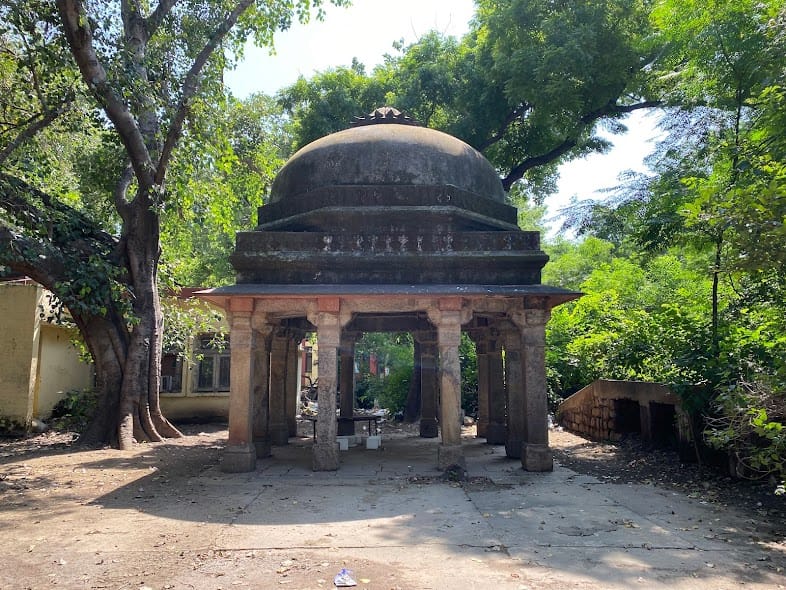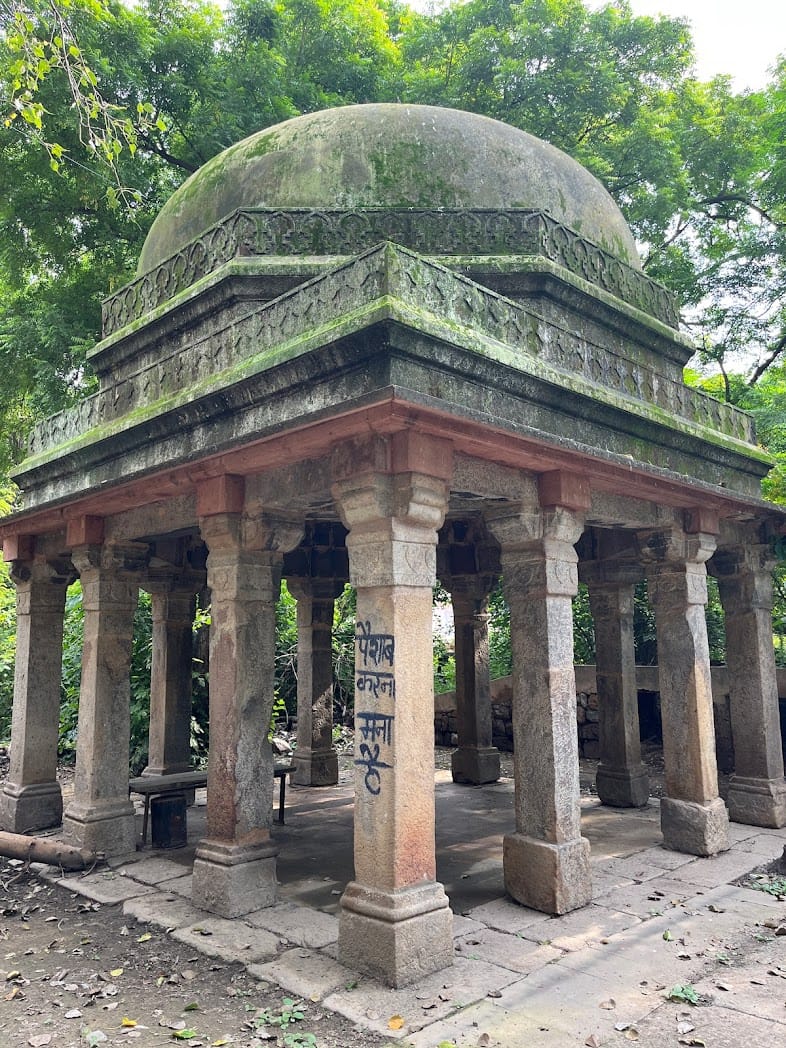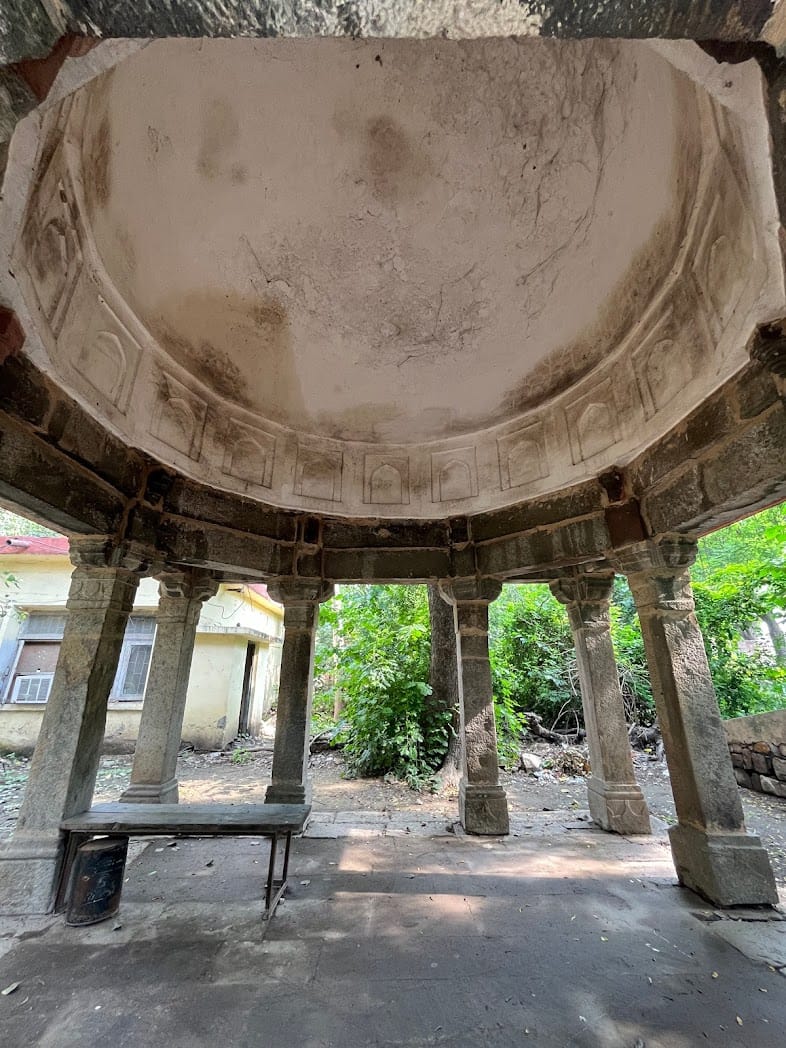


The Tomb of Sayyid Yasin is a lesser-known yet historically significant monument located in the Arab Ki Sarai complex, which is part of the larger Humayun's Tomb precinct in Delhi. The tomb dates back to 1547 AD, during the reign of Islam Shah Suri, the son of the Afghan ruler Sher Shah Suri. Though not much is documented about Sayyid Yasin himself, the tomb’s architectural details and context within the Suri dynasty’s history provide insight into its importance. Architectural Details and Location The tomb lies within the Industrial Training Institute (ITI) complex, surrounded by modern development, which contrasts with its ancient structure. The tomb has a square layout with octagonal geometry, an architectural style that would later influence grander structures like Humayun’s Tomb. It is enclosed by an octagonal garden, reflecting early Mughal landscaping styles that emphasize symmetry. Historical Context and Importance The tomb's construction during the rule of Islam Shah Suri suggests that Sayyid Yasin might have been a figure of prominence in the Suri court, though there are no surviving records that detail his life or position. The tomb serves as an architectural precursor to the Mughal style, blending early Indo-Islamic elements with Persian influences, which were prominent during the Suri dynasty. Deterioration and Preservation Built using rubble masonry, the tomb’s structural integrity has been compromised over the centuries due to water seepage and overgrown vegetation. Many of the brackets, stones, and supporting pillars have been damaged, and the once-elaborate decorations are now faint remnants. Despite its small scale compared to the more famous nearby monuments, it offers a glimpse into the architectural experimentation of the time. Broader Architectural Influence Within the Arab Ki Sarai area, there are other monuments such as the tomb of Isa Khan Niyazi and an accompanying mosque, which demonstrate the evolution of Indo-Islamic architecture. The style here reflects a Persian influence, with intricate details like calligraphy and geometric designs still visible despite their age. The tomb and its surroundings also served as a sarai (resting place for travelers), a feature common in Islamic architecture. The Tomb of Sayyid Yasin, though overshadowed by larger and better-preserved monuments, plays a crucial role in understanding the transition from Afghan architectural styles to the early Mughal architecture seen in the larger tomb complexes of Delhi.